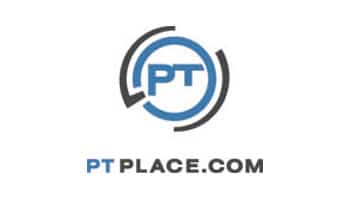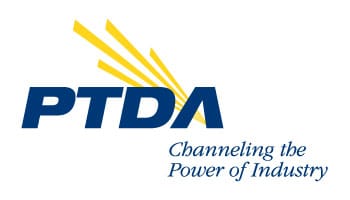A recent issue of “Transmissions”, published by the Power Transmission Distributors Association (PTDA), featured an article by our own CEO, Michael Cinquemani. His thoughts are below, as published in the Manufacturer Corner column of the newsletter.
 Decision Making Constraints
Decision Making Constraints
Excellent manufacturer-distributor relationships abound in PTDA. Our partnerships are strong and founded in mutually beneficial goals. Yet, even in the best of relationships, distributors and manufacturers will fundamentally disagree from time to time on how to handle a situation.
The constraints on decision making with regard to opportunities or problems vary from company to company – so when looking at the same opportunity they may react in different ways.
Publicly held vs. Privately Held Businesses
One of the critical differences in how companies, either manufacturer or distributor, see an opportunity has to do with their corporate structure.
In public companies, the power transmission division is often part of a larger corporate structure. Larger corporations have the opportunity to spend people resources on development on new programs, but choose carefully what they will work on in order to maximize their return. If your business needs something from your large publicly traded partner and it’s not on that list of priorities, then it’s probably not going to happen!
Public companies must report their results versus their commitments to shareholders on a quarterly basis. This can result in necessary shifts in decision making in the short term versus the long term. The disconnect or changed direction on a critical project reflects decision making constraints a large company must manage.
Private companies, on the other hand – while they may not have the vast resources of a large firm – can be more nimble. It might be easier to reach and negotiate with the “decision-maker in chief” if you will. But rather than shareholder demands, changed directions could be based more on other factors. A privately-held company has more personal resources at stake when working on business with you and could have personal reasons or insights that would be outside the realm of their public counterparts.
Manufacturing vs. Distribution Investment constraints
Both distributors and manufacturers really want to grow their business, and new initiatives are one of the best ways to win together. However, manufacturers and distributors can also face different investment choices when it comes to new projects.
Where the business case may be positive for the distributor, it might have a lot more uncertainty for the manufacturer. The distributor clearly has a solid business case: our new solution will drive value for the customer and earn a fair GP with this pricing and inventory investment.
At the same time, the manufacturer is looking at a similar business case: GP, inventory investment, cost and pricing. In addition, however, the manufacturer could be wrestling with additional investment decisions including design time and opportunity cost of design time, pattern and tooling investment, manufacturing engineering time, raw material minimum order quantities, people training, and possibly even machinery investment. Some of these decisions require a lot of research (time) and can result in delays in the decision making process. Sometimes, this leads to a manufacturer making a judgement call that the opportunity is good or not based upon estimates of these factors. Even worse, 6 months later, the opportunity is gone and a frustrated distributor asks the manufacturer how it could take them this long to make a decision!
How many times have you heard this?
The key is communication! True partnership requires that we share lots of information with each other. The more we understand the drivers of our decision making and our respective strategies, the better we can align our efforts. If you want to align decision making – make sure you take the time to understand your respective strategies and the unique constraints of the business you are working with.




